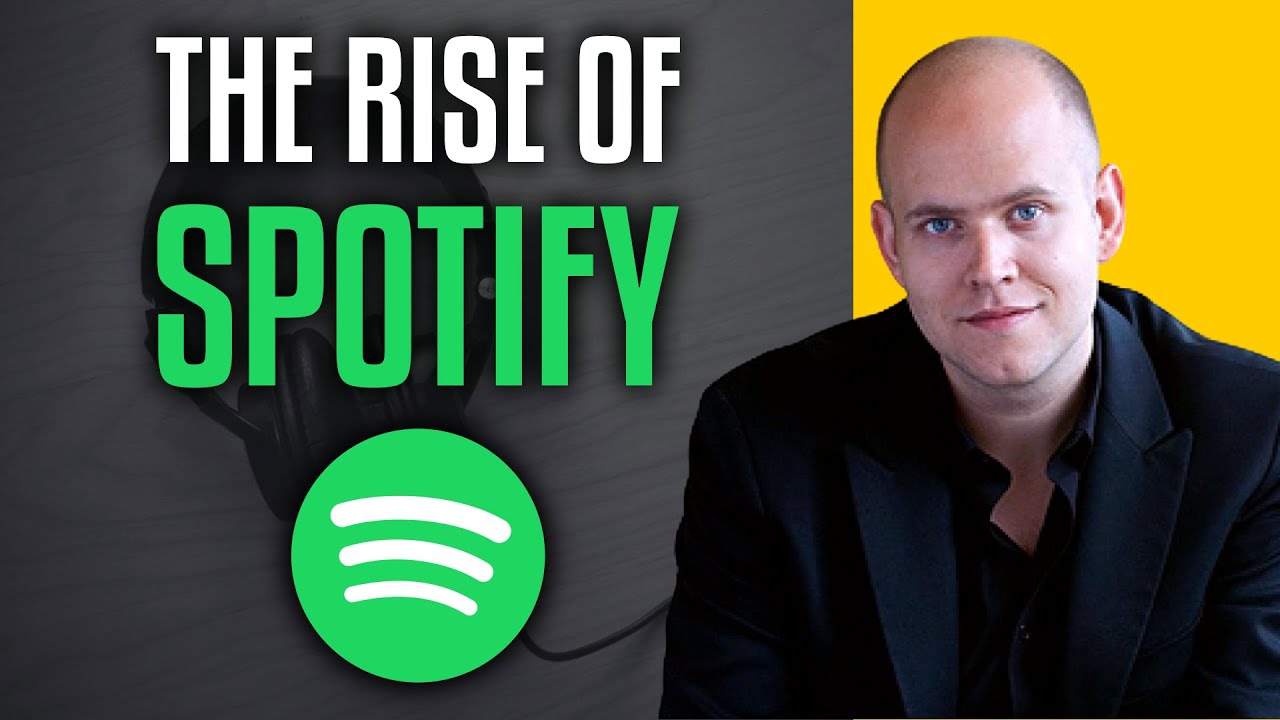The Dark Side Of Spotify
Summary
TLDRThe video delves into the murky underbelly of the music streaming industry, with a spotlight on Spotify's controversial practices. Despite boasting 144 million paying subscribers, Spotify faces criticism for inadequate artist compensation, not due to lack of consumer revenue but because of rampant fraud and a flawed system that allows money to be siphoned off. The video raises questions about the platform's complicity in click fraud and botnets, and how these issues have led to a devaluation of music. It also touches on the potential for money laundering through fake streams and the creation of non-existent artist profiles to game the system, all while Spotify's CEO advocates for passion over profit in the music industry.
Takeaways
- 🔒 Dashlane, featured in the video, is a password manager that aims to enhance online account security.
- 🎵 The music industry, particularly Spotify, has a 'dark side' involving hacking, fraud, and exploitation.
- 💸 Spotify's payment model to artists is criticized for being abusive, with a significant portion of artists earning very little despite high user engagement.
- 📉 There's a noticeable devaluation of music streams on Spotify, with a 35-40% decrease in value despite increasing subscription numbers.
- 📈 Spotify's growth is at the expense of fair artist compensation, with a flawed system that allows money to be siphoned off fraudulently.
- 🤖 'Phone farms' or botnets are used to artificially inflate music streams, thereby stealing revenue from legitimate artists.
- 🚫 Lack of two-factor authentication on Spotify makes it susceptible to account hacking and subsequent streaming fraud.
- 💰 There are allegations of money laundering through fake streams, suggesting a more sinister use of the platform's fraud potential.
- 🎶 Fake artist profiles on Spotify, some created by investors with ties to the company, further dilute the revenue pool for real artists.
- 👎 Spotify's CEO has been criticized for not practicing what he preaches, with the company seemingly complicit in the fraudulent activities occurring on its platform.
Q & A
What is the main concern raised about Spotify's business practices in the video?
-The video raises concerns about Spotify's business practices, particularly how the platform is abused through hacking, fraud, botnets, and stream farms, which results in artists not being paid fairly and the devaluation of music streaming.
How does Spotify's payment system to artists work?
-Spotify operates under a freemium model where it collects revenue from advertising and subscriptions, takes a 30% cut, and then divides the remaining pool proportionately based on the fraction of total streams an artist has, with a stream counted after 30 seconds of listening.
What is the significance of the statistic that 98.6% of Spotify's artists generated only 10% of all streams?
-This statistic indicates a significant disparity in earnings on the platform, suggesting that a vast majority of artists receive minimal income, while a small percentage of top artists dominate the revenue pool.
How does the video suggest that Spotify is complicit in the fraud occurring on its platform?
-The video suggests that Spotify is complicit because it has not implemented sufficient measures to prevent fraud, such as two-factor authentication, and because it benefits from increased revenue, even if it comes from fraudulent streams.
What is the 'phone farm' concept mentioned in the video?
-A 'phone farm' refers to a setup where multiple smartphones are used to run ads and stream music on platforms like Spotify to generate revenue, often involving fraudulent activities to inflate stream counts.
How does the video connect Spotify's practices to potential money laundering?
-The video raises the possibility that fake streams could be used as a method for money laundering, particularly by converting illicit funds into taxable income through payments to botnets or fake artist profiles.
What is the role of record labels in the issues discussed in the video?
-Record labels are implicated in the video for potentially inflating their artists' stream counts, contributing to the devaluation of music and the overall fraud problem on Spotify, as well as for historical instances of artificial manipulation of view counts.
Why does the video mention the lack of two-factor authentication on Spotify as a problem?
-The lack of two-factor authentication on Spotify is highlighted as it makes user accounts more vulnerable to hacking, which can then be used to create botnets for streaming fraud, further diluting the streaming pool and affecting artists' revenues.
What is the significance of the 'fake artist profiles' mentioned in the video?
-The video discusses 'fake artist profiles' created by companies like Epidemic Sound, which were found on official Spotify playlists. These profiles, despite being non-existent artists, accumulate streams and revenue, further diluting the pool for real artists and raising questions about Spotify's playlist integrity.
How does the video suggest that Spotify's growth and artist payment structures are related?
-The video suggests that Spotify's focus on growth to satisfy investors may come at the expense of fair artist payments, as the platform's structure incentivizes quantity over quality, leading to a race to the bottom in terms of revenue per stream.
Outlines

Cette section est réservée aux utilisateurs payants. Améliorez votre compte pour accéder à cette section.
Améliorer maintenantMindmap

Cette section est réservée aux utilisateurs payants. Améliorez votre compte pour accéder à cette section.
Améliorer maintenantKeywords

Cette section est réservée aux utilisateurs payants. Améliorez votre compte pour accéder à cette section.
Améliorer maintenantHighlights

Cette section est réservée aux utilisateurs payants. Améliorez votre compte pour accéder à cette section.
Améliorer maintenantTranscripts

Cette section est réservée aux utilisateurs payants. Améliorez votre compte pour accéder à cette section.
Améliorer maintenant5.0 / 5 (0 votes)






